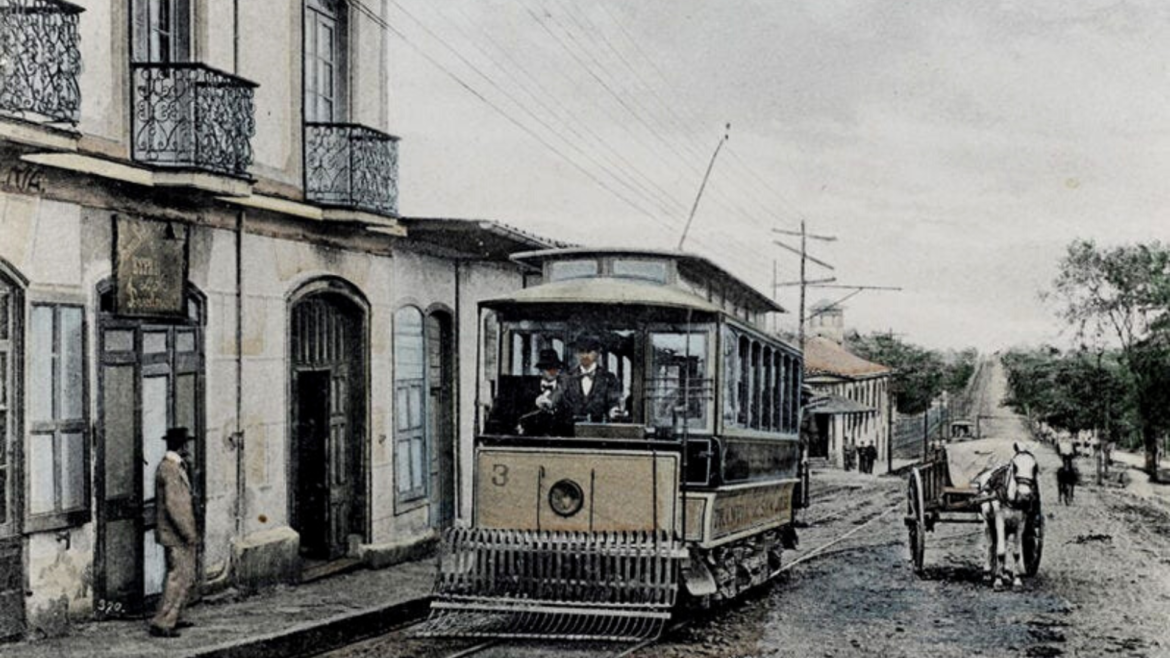Costa Rica, a small nation in Central America, set a remarkable precedent in the history of global electrification. Indeed, its capital, San José, entered history by becoming the third city in the world to introduce electricity, following New York and Paris. This significant advancement took place at the end of the 19th century, a period rich in technological innovations.
With this spirit of modernization, Costa Rica’s leaders, including intellectuals and entrepreneurs, recognized the crucial importance of electricity for economic and social progress. In 1884, a historic moment materialized when San José inaugurated its electric lighting system. This initiative not only placed the city at the forefront of electrical technology but also symbolized a step towards modernity for the country.
The inauguration of the lighting system took place at 6:15 pm, attracting enthusiastic crowds. San José thus became the first city in Latin America equipped with electric lighting, and the power plant that generated the electricity was installed in the Aranjuez district, where it produced 50 kilowatts for the 25 carbon lamps that lit up the population at night.

Costa Ricans were proud to see this new artificial light arrive. This power plant, a local innovation, was inspired by Thomas Edison’s Pearl Street power plant in New York. Manuel Víctor Dengo, a Costa Rican visionary, in collaboration with Luis Beltrán, a Guatemalan entrepreneur, were the pioneers of this project. Together, they founded the Compañía Eléctrica de Costa Rica, thus marking the beginning of a new era for the country.
The arrival of electricity transformed everyday life in San José. In 1896, the city launched its first tramway, initially horse-drawn and then electrified, substantially improving the transport system and urban connectivity.
Throughout the 20th century, Costa Rica continued to develop its electrical network, particularly by investing in hydroelectric power. This initiative took advantage of the country’s abundant water resources, thus establishing Costa Rica as a pioneer in the field of renewable energies.
The extension of the electrical network to rural areas had a considerable impact on national development, facilitating advances in education, healthcare, and industry. This expansion played a crucial role in reducing disparities between urban and rural areas, contributing to greater social and economic equity.
Today, Costa Rica is recognized for its commitment to sustainability and renewable energy. A large part of its electricity is produced from renewable sources, including hydroelectricity, wind energy, and geothermal energy. This commitment is part of a broader environmental policy, demonstrating Costa Rica’s determination to promote conservation and sustainable development.
In conclusion, the history of electricity in Costa Rica, and particularly in San José, is exemplary of the early adoption of new technologies, continuous innovation, and an unwavering commitment to progress and sustainability. This remarkable journey highlights Costa Rica’s visionary approach to technological development and its deep respect for the environment.

- Rencontre exclusive avec l’auteur de Les Mammifères du Costa Rica
- Le groupe Québécois au Costa Rica : 10 ans de respect, d’harmonie et de passion partagée
- Nicolas Gilbert présente son nouveau livre: Les Mammifères du Costa Rica
- L’expérience Nekajui s’installe au Costa Rica
- L’histoire des volcans du Costa Rica


